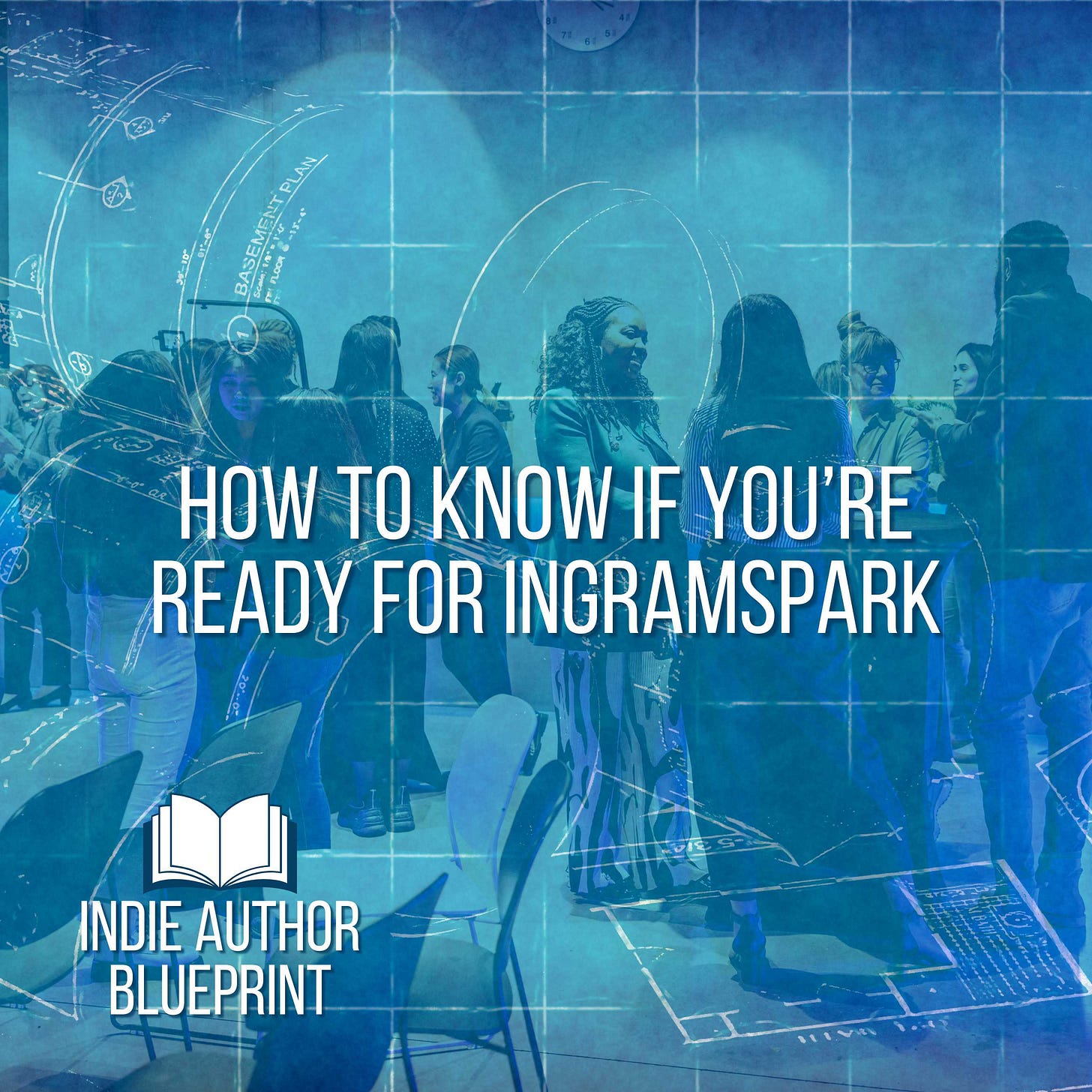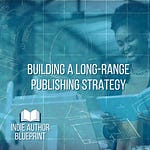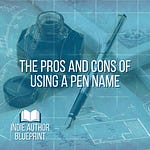You’ve published your first book on Amazon KDP. Congrats! That’s a huge milestone. Maybe you’ve seen some sales, gathered a few reviews, and now you’re wondering: Should I make my book available everywhere?
Before you jump into wide distribution, let’s slow down and take a closer look. Going wide — meaning you make your book available through IngramSpark or other distributors so it can be ordered by bookstores, libraries, and non-Amazon retailers — is a smart move at the right time. But it isn’t always the best first step.
Be sure to listen to the podcast episode (above or on your favorite listening app) to get the full explanation of this summary:
Step 1: Revisit Your Goals
Why did you publish this book?
Was it just to hold your book in your hands and celebrate the milestone?
Was it to build a long-term writing career and reach as many readers as possible?
Was it to share a message that matters deeply to you?
Your goals matter. If your book was a bucket-list project, you may already be done. But if you want to grow your audience, build an author platform, or become a career author, going wide may eventually be the right step, just not necessarily right now.
Step 2: Look for Proof of Demand
Here are a few signs your book might be ready for a wider release:
Steady Amazon Sales: Your book sells consistently without relying only on family and friends.
Positive Reviews: You have at least 15–20 honest, encouraging reviews showing your book resonates with readers.
Reader Requests: People are asking if they can get your book outside Amazon — at their local bookstore, library, or through a bulk order.
Marketing Momentum: You have an email list, social media presence, or speaking engagements where you’re actively promoting your book.
If you have these things in place, you have market validation — evidence that there’s a real audience for your book.
Step 3: Know When to Wait
Sometimes the best thing you can do is not rush to go wide.
Your book isn’t selling consistently yet.
You haven’t optimized your Amazon keywords, categories, and description.
You don’t have a marketing plan or reader community in place.
You feel overwhelmed by the thought of adding more dashboards, reports, and logistics.
When that’s the case, focus on learning the ropes and getting traction on Amazon first.
Step 4: Understand the Bookstore Reality
Many authors assume that if their book is on Ingram, bookstores will start ordering. Unfortunately, that’s not how it works.
Traditional bookstores avoid ordering through Amazon because:
Amazon is their direct competitor.
KDP doesn’t allow returns or offer standard wholesale discounts.
Ordering from Amazon is extra work compared to the systems they already use.
That’s why most bookstores order through Ingram, not Amazon. Still, even though using IngramSpark is the best way to make your indie book truly accessible to bookstores, you still need to give them a reason to stock it.
Step 5: Ask Yourself Key Questions
Before you make the leap, take some time to answer these honestly:
Do I have the time and mental space to manage multiple dashboards?
Am I ready to invest in learning a new system and paying setup fees if needed?
What do I expect to gain from going wide — bookstore placement, library reach, or simply not being exclusive to Amazon?
When you have clarity on your “why,” you can make a smart business decision rather than reacting out of fear of missing out.
The Big Takeaway
Going wide is not just checking another box. It’s a business decision that requires proof of demand, a plan for marketing, and a willingness to take the long view.
Focus first on building steady sales on Amazon and connecting with your audience. When you’re ready, going wide can help you expand your reach, but you’ll go into it with confidence, not guesswork.
Coming Next Week: What You Need to Know About IngramSpark
In Part 2, we’ll dive into what it’s like to use IngramSpark, how it compares to KDP, and why it’s the industry standard for bookstores and libraries. If you’re considering going wide, you won’t want to miss it.












